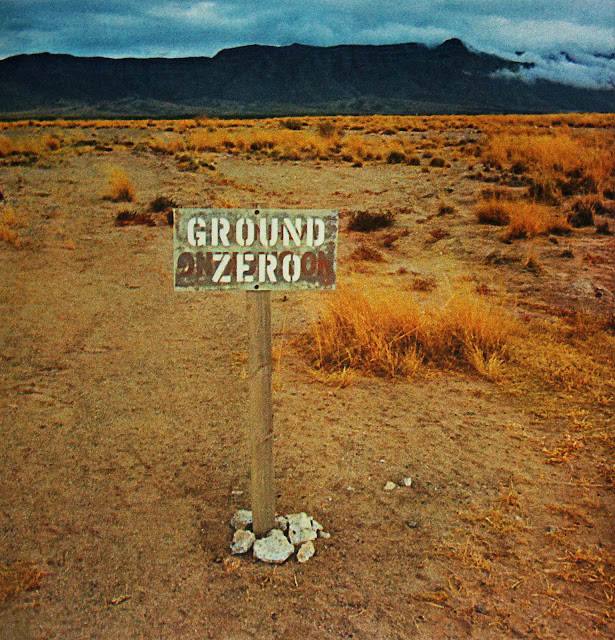Adorno, Brecht and Debord:
Three Models for Resisting the Capitalist Art System
by Gene Ray
This essay outlines three modes or models of radical cultural practice. Each begins with a critical appropriation of the traditions of art and aims at resisting the social power that passes through art, as an institutionalized field of production and activity. Each of the three modes establishes a set of productive strategies. Together, they are the three historically demonstrated and available models for resisting the political neutralization of art and for challenging the power of the capitalist art system. For convenience, I link each model with a name or names closely associated with it. They are, first, Adorno’s dissonant modernism epitomized by Kafka and Beckett. Second, Brecht’s “functional transformation” or “re-functioning” of institutions through estrangement and dialectical realism. And third, Debord’s Situationist détournement of art, aiming to rupture and decolonize naturalized everyday life. Each model works on a different level of social reality. Each produces different kinds of effects at different points or moments of the social process, and is affected differently in turn by the global conjuncture of struggle. Typically, the advocates of one model treat the others dismissively; there is, we know, a long history of rancorous debate regarding their relative merits. I doubt the rancor is still needed or helpful today. Each of the models is still capable of generating radically critical and resistant effects. While these effects are different in kind, they can all contribute something to a culture opposed to capital. None of the three models should be discarded, so long as their strategies can still be realized. Here I briefly outline each, before discussing their relative strengths, advantages and limitations.
Some general remarks. We are evidently stuck in a global social process dominated by the logic of capital accumulation. Art, obviously, isn’t going to deliver us from that. The passage beyond capitalist relations is a matter of struggle, however that’s conceived. Art remains a dominated field of activity, and thinking about its possible contributions to radical social transformation has to begin by situating art within the global social process that dominates it. Very briefly: art is a field that is organized and saturated by capitalist power. There very clearly is a capitalist art system, with its rules, conventions and institutions, relations and tendencies, enjoyments and enforcements, and so on. Seen dialectically, what happens within this system does have its utopian and critical moments. As long as such moments are not utterly excluded, we have to acknowledge art’s relative autonomy and oppositional use-value. Art is not utterly reducible to exchange value and affirmative social functions. But it is also clear enough that the administered art system channels the activity of art as a whole in ways that are affirmative and stabilizing. This has been well-marked and elaborated: art in sum contributes to the reproduction of the given global process. The question is what specific works or practices may be able to do within and against it.



